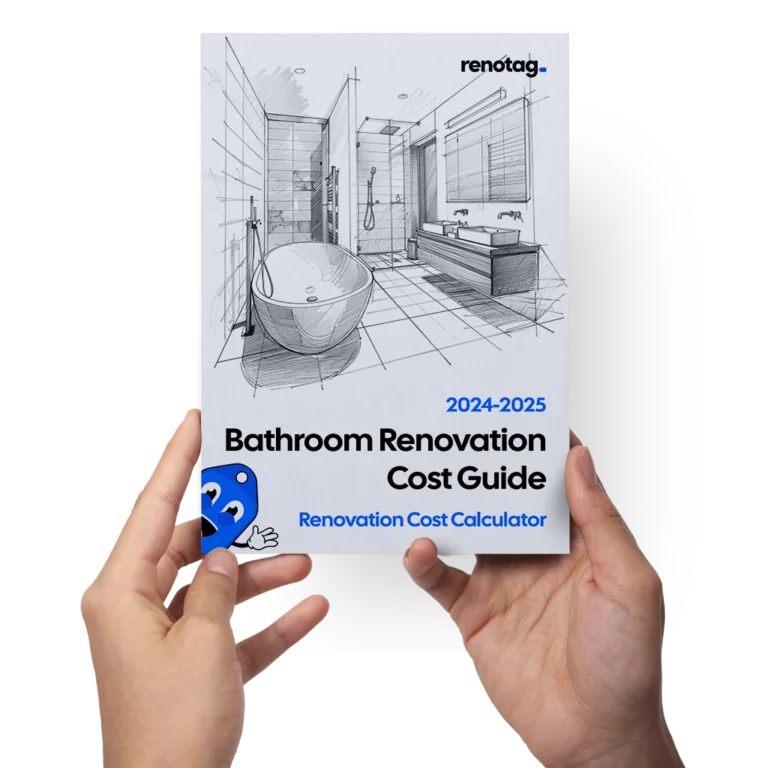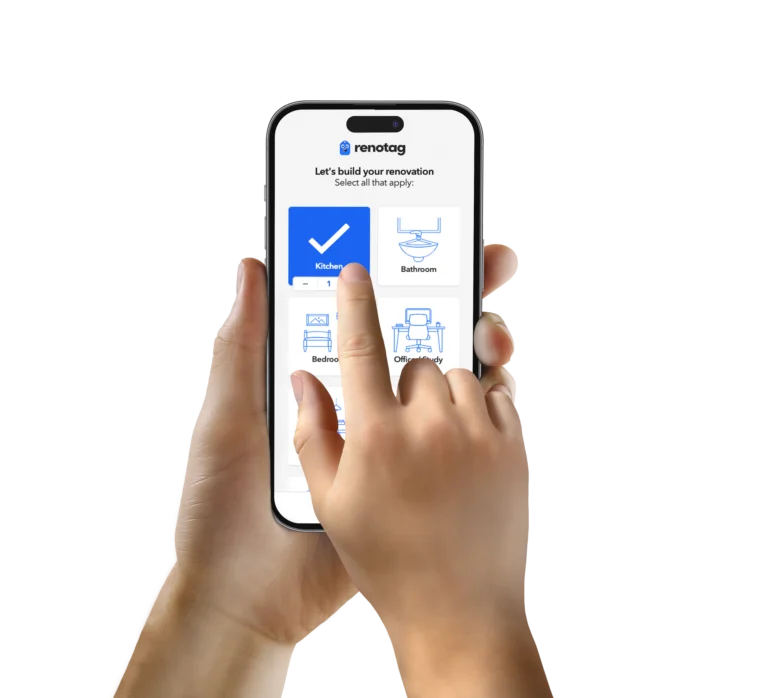Cost-Efficient Water-Saving Bathroom Updates for 2024
As we step into 2024, homeowners and property managers are increasingly focusing on sustainability and efficiency, particularly in areas of high water usage such as bathrooms. Given the escalating environmental concerns and rising utility costs, investing in water-saving bathroom updates not only makes ecological sense but also proves to be economically wise. This guide dives deep into cost-efficient water-saving bathroom updates that not only reduce your environmental footprint but also usher in savings on your water bills.
Read the Bathroom Renovation Cost Guide


Understanding the Need for Water-Saving Updates
In the context of home renovations, the bathroom stands out as a critical area for water conservation efforts. It is here that a significant amount of domestic water is consumed, be it through showers, toilets, or faucets. The World Bank reports that an average American family can use up to 400 gallons of water daily, with a substantial portion of this usage stemming from the bathroom. This startling statistic underpins the urgency and benefit of adopting water-saving mechanisms within our bathrooms.
Incorporating Low-Flow Fixtures
One of the most straightforward and impactful methods of reducing water wastage in bathrooms is the installation of low-flow fixtures. These include showerheads, toilets, and faucets designed to use significantly less water than traditional models without sacrificing performance. For example, a conventional showerhead may use up to 2.5 gallons of water per minute, whereas a low-flow equivalent can slash this figure by more than half.
Upgrading to low-flow toilets is another smart move. The latest models can save a family of four approximately 22,000 gallons of water per year. This translates into not just conservation of a precious resource but also a noticeable reduction in water bills. Moreover, low-flow options for faucet aerators are simple to install and can save hundreds of gallons of water annually, proving the adage that small changes can result in significant impacts.
Revamping with Efficient Water Heaters
While not exclusively a feature of the bathroom, water heaters play a pivotal role in determining water usage and efficiency. Traditional water heaters, which continuously heat and reheat water to keep it at a set temperature, can lead to wastage of both water and energy. On the other hand, tankless water heaters, which heat water on demand, can not only conserve water but also reduce energy consumption by up to 30%.
Exploring options such as solar water heaters can provide an eco-friendly alternative, contributing to significant long-term savings while bolstering the sustainability of your home. Initiatives like these are crucial in promoting an environmentally conscious household and are easily accessible through platforms such as Renotag, where detailed guides and professional advice can streamline the decision-making process.
Choosing Water-Sensitive Materials
The materials used in bathroom finishes and fixtures play an indirect yet vital role in water conservation. For instance, materials that discourage mold and mildew growth reduce the need for frequent and intensive cleaning, which in turn lowers water usage. Non-porous tiles and antimicrobial countertops are excellent examples of such materials that contribute to a cleaner bathroom environment while minimizing water wastage during cleaning.
Besides, modern materials and coatings are designed to repel water and stains, requiring less water for cleaning and maintenance. These smart choices in materials not just improve the aesthetics and functionality of your bathroom but also align with the goals of water conservation and sustainable living.
Implementing Smart Home Technology
The advent of smart home technology has opened new avenues for making bathrooms more water-efficient. Smart showers can regulate water flow and temperature, reducing consumption without compromising the showering experience. Similarly, touchless faucets equipped with motion sensors can significantly cut down on water wastage by ensuring the water runs only when necessary.
Additionally, water leak detectors can provide real-time monitoring and alerts for any leaks in your bathroom fixtures, preventing water loss and potential damage. Embracing these technologies might require an initial investment but the long-term benefits in terms of water conservation and cost savings are substantial.
FAQs about Water-Saving Bathroom Updates
How much water can I realistically save by updating my bathroom?
– By incorporating low-flow fixtures, efficient water heaters, and water-sensitive materials, a household can save thousands of gallons of water annually, leading to significant reductions in water bills.
Are low-flow toilets as effective as traditional models?
– Modern low-flow toilets are designed to use less water while maintaining, if not improving, the flushing power compared to older models, thanks to advancements in toilet design and technology.
Can smart home technology significantly impact water usage in bathrooms?
– Yes, smart home technologies like smart showers and touchless faucets can play a significant role in reducing water waste through precise control and automation.
Is it expensive to update my bathroom for water efficiency?
– While some updates require upfront investment, the long-term savings on water bills and the positive environmental impact make them cost-efficient. Additionally, there are options for all budgets, from simple aerators to whole-bathroom remodels.
How do I start planning for a water-efficient bathroom update?
– Begin by evaluating your current bathroom fixtures and water usage. Resources like the bathroom renovation cost guide at Renotag can offer insights into potential costs and savings, helping you make informed decisions.
Do water-efficient updates add value to my property?
– Yes, upgrading your bathroom with water-saving features can increase your home’s appeal to environmentally conscious buyers, potentially boosting its market value.
Empowering Sustainable Transformations
Revamping your bathroom with water-saving updates is not just a step towards sustainable living but also a smart financial move. The year 2024 heralds a shift towards more eco-friendly homes, with bathrooms being at the forefront of this transformation. By adopting cost-efficient water-saving updates, homeowners can enjoy savings, contribute to environmental conservation, and enhance the value and appeal of their properties.
Embarking on this journey requires thoughtful planning, awareness of available options, and sometimes, expert guidance. Resources like Renotag and the bathroom renovation cost guide can serve as invaluable allies in this endeavor. Remember, every drop saved is a step towards a more sustainable and cost-effective future. Embrace these cost-efficient water-saving bathroom updates for 2024, and lead the way in making your home an oasis of sustainability.
Start the renovation calculator


5K+ homeowners trust Renotag
Your renovation cost is waiting
The world’s first renovation cost calculator.